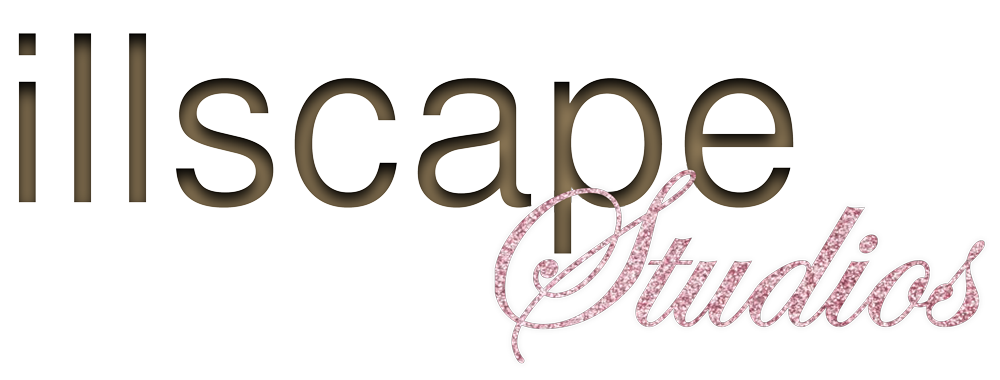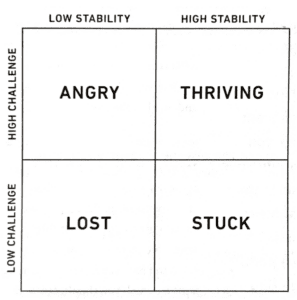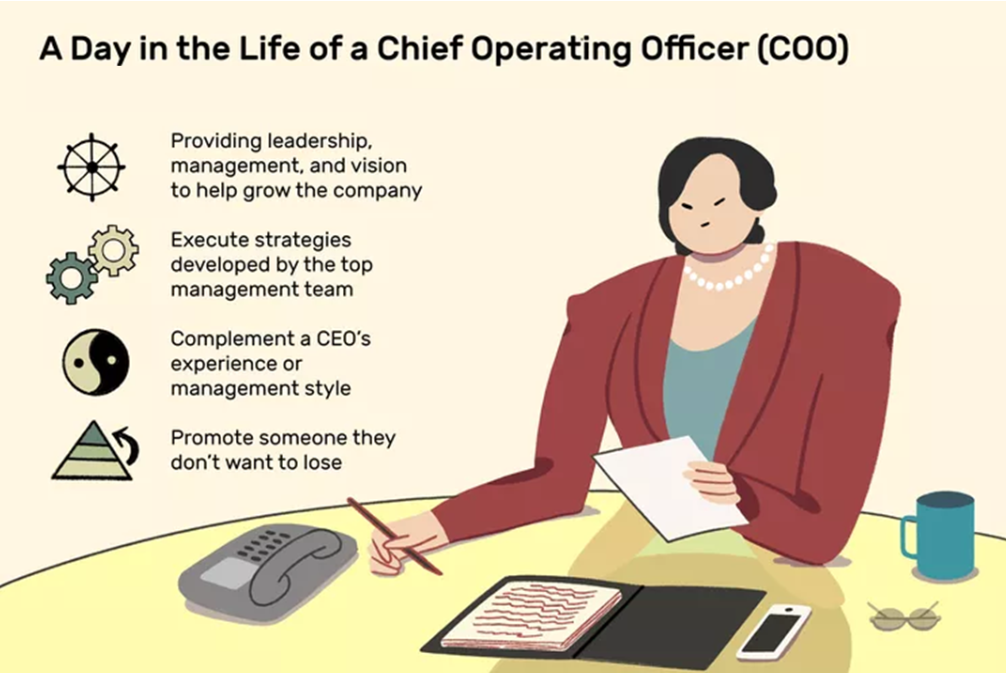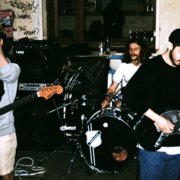BUSINESS 101
The Difference between a Leadership Team & Management
Understanding the Distinction
Artists often receive advice about “getting management” as if it’s the next universal step in their careers. What is rarely explained is the difference between management and leadership. Confusing the two causes misunderstandings, wasted resources, and slowed growth.
A management team is tactical. Managers oversee calendars, coordinate tasks, handle logistics, and ensure everything runs smoothly. Their work is important, but it revolves around execution. Peter Drucker clearly highlights this divide: “Management is doing things right; leadership is doing the right things.”
A leadership team is strategic. Leaders set direction, define purpose, and make decisions that shape the future of the business. They identify priorities and create calendars that list tasks for managers to follow. They recognize global opportunities, structure ecosystems, protect legacy assets, and guide long-term vision.
Examples from other Industries
The difference becomes clearer in other types of businesses. In a tech company, the leadership team decides which products to develop, which markets to target, and how to allocate resources. Managers translate those decisions into product schedules, engineering sprints, and marketing tasks. In a restaurant group, leadership chooses the concept, pricing, and expansion plan. Managers handle staffing, shift scheduling, and inventory.
The distinction is clear but not hierarchical. Leadership defines vision and priorities, while management coordinates the work. In today’s digital age, this decentralization of authority places the artist at the center of decision-making. This shift is necessary because artists now have direct access to distribution, promotion, and monetization tools; data flows are transparent; and markets evolve too rapidly for centralized systems to keep pace. Past management models often concentrated power in ways that eroded trust, but today’s decentralized approach shares responsibility, safeguards ownership, and fosters the flexibility essential for sustainable careers.
Why this Matters for Artists
Independent artists often overlook the distinction between leadership and management, giving too much control to a single manager and expecting that person to handle both tactical and strategic tasks. That nearly never works, especially when modern artists’ expectations are higher than those of artists in the 50’s. A manager can keep projects on track, but only a leadership team can open global opportunities, design ecosystems, safeguard legacy assets, shape long-term vision, and secure sustainability.
What the Best Music Leaders Have in Common
A scan of top leaders reveals four traits that consistently characterize winning in a fast-moving market: global; resilient; team players; strategic. These qualities are important in music because they drive adaptability and scalability. A global outlook opens new audiences and partners. Resilience supports leaders through disruption. Team orientation enables cross-functional work among creators and partners. Strategic thinking keeps the organization aligned to long-term advantage rather than chasing short spikes in attention.
Why the Gap Persisted in Music
In most industries, the separation between leadership and management is clear, as companies are typically structured with formal corporate hierarchies. Music, however, developed differently. Labels owned essential infrastructure, and much of the strategic decision-making occurred within the label company. The personal manager became the primary point of contact for artists, while many leadership decisions were made behind the scenes. As artists seek independence and ownership, the disparity is now more evident. Less-than-ideal deals and the “artist-as-talent” model are now evolving into the “artist-as-entrepreneur” approach, accompanied by increased transparency. Recognizing this difference is the first step toward building careers that function like real businesses.
The DIY Era
Decades of lax standards fostered mistrust. Vague responsibilities, lifelong commissions, and blurred boundaries left artists disillusioned and cautious. Meanwhile, the digital era enabled artists to access distribution, communication, and sales tools directly. Many now claim they don’t need a manager, but in reality, they are taking on multiple executive roles themselves, responding to a flawed system and abandoning professionalism.
This is where the contradiction becomes clear. Artists often say, “We’re not trying to be professional.” What they usually mean is that they want to avoid the toxic professionalism of the old model, which exploited them instead of supporting them. However, the lack of structure creates cracks that widen over time. Without clear leadership, many artists face instability, stalled progress, and burnout.
For millennial and Gen Z artists, the DIY approach has been both empowering and revealing. It proves that artists can take control, but it also highlights the need for professional leadership more than ever. Professionalism here doesn’t mean bureaucracy or corporate coldness. It means establishing clear roles, fair terms, and systems that protect creativity rather than exploit it. The future depends on redefining professionalism as the structure that keeps artists healthy, independent, and sustainable over the long term.
Redefining Management for Artist Well-being
Artists today feel the strain of traditional management. They experience stress, a loss of control, and a disconnect from their goals. When they envision a more evolved structure, some worry it feels too corporate and revert to the old model. This worry reflects cognitive dissonance. The solution is not to abandon management. The solution is to clarify its purpose. Leadership sets the vision and schedule, while management executes the plan. Clear roles enhance well-being and improve results.
A common example is an underpaid and overworked artist who keeps defending their longtime manager, saying, “He’s like family, and just doing his best,” while also being deeply involved in a commission-heavy deal with that manager, which drains income even after the artists are doing most of the work themselves. The artist knew the situation was unfair, but hesitated to change because they associated evolving their structure with being “too corporate.”
The truth is that evolving management doesn’t mean removing creativity or turning artistry into red tape. It means providing artists with the clarity and protection that professionals in other industries already enjoy. It means redefining leadership and management to support well-being and sustainability.
By embracing their role as CEO within a leadership team, artists gain the authority to define professionalism for themselves. Managers remain essential, but their role is to implement the artist’s vision and offer logistical support, not to control the future. This clarity changes management from a source of tension into a structure that bolsters both the art and the artist.
Stability & Challenge
Creative teams flourish when leaders offer both stability and challenge. “There are two key things that creative people need from you more than anything else: stability and challenge” (Henry, 2018, p. 18). Imagine a simple grid with stability on one axis and challenge on the other. Low stability combined with high challenge can cause frustration. Low stability with low challenge makes people feel lost. High stability with low challenge results in feeling stuck. Both high stability and high challenges allow teams to thrive. Leaders boost stability through strategic planning. They increase the challenge by setting clear goals and providing honest feedback.
Figure 1. Stability–challenge matrix adapted from Henry (2018):
What Theory Fits the Modern Music CEO
Leadership is a field viewed through many perspectives. Berklee’s survey of leadership theories provides useful insights.
- Great Man and trait theories propose that leaders are born with inherent traits like intelligence, sociability, confidence, and charisma. These views describe some founders, but they overlook many effective leaders who don’t fit this mold.
- Behavioral theory states that leadership can be learned through observable actions. Team leadership, which encourages contribution while working toward goals, aligns well with professional creative teams.
- Contingency and situational theories argue that the best leadership style depends on the context and the follower’s readiness. Live production, crisis response, and turnarounds may require directive control, while established teams with expertise benefit from more participative styles.
- Leader–Member Exchange theory highlights how leaders form in-groups and out-groups. Recognizing this tendency helps leaders ensure access, feedback, and development are fair.
- Transactional theory relies on reward and punishment systems. It is useful for ensuring compliance and meeting deadlines, but overuse can diminish intrinsic motivation and creativity. It can also create silos, where managers only engage in projects tied to their compensation or scope, leaving artists without the collaborative support they need.
- Transformational theory focuses on ultimate vision, meaning, and growth through the four I’s: idealized influence, inspirational motivation, intellectual stimulation, and individualized consideration. This approach works well for artist-led ventures that require both high performance and personal development.
To add, participative and servant leadership prioritize involvement, service, and ethics. These approaches build trust and loyalty, especially when paired with clear standards.
History is important here. Downton introduced transformational leadership in 1973, Burns expanded it in 1978 with a focus on mutual elevation, and Bass operationalized it in 1985 through the four I’s. Transformational leadership aligns with artist enterprises that must inspire fans, partners, and teams while maintaining integrity and promoting growth.
Case Study & Applied Styles
Autocratic leadership can quickly stabilize systems in crisis, as shown in a Dr. Verma case. Dr. Verma used an autocratic approach to rapidly improve standards and restore professionalism at a struggling engineering college where teachers took on both leadership and management tasks. Strict control led to improved standards, stabilized operations, a clear distinction between teachers; managment; leadership, and a cultural reset: all under a tight one-year deadline. This didn’t go without pushback; the reason resilience is an important leadership trait. However, once norms and performance improved, the same system shifted to a more democratic approach.
Steve Jobs is often associated with the Great Man theory, but his approach demonstrated situational adaptability. In later years, he displayed more democratic behaviors in decision forums and design reviews, even while retaining the final say. His lengthy pauses during interviews demonstrated listening and focus, enhancing credibility and raising standards within the team.
Modern Management in Action
Chance the Rapper’s partnership with Pat Corcoran demonstrated leadership and management suited to the digital age (Yahoo Finance, 2017). The team relied on direct-to-fan channels, creative collaborations, and merchandise as main revenue sources, showing that independent artists can grow without a record deal when leadership is strategic and management is skilled in digital execution.
Education & Data as Core Leadership Tools
Today’s music leaders need formal business skills and data literacy. Education and data fluency enable the artist-as-CEO to shape vision, establish priorities, and coach managers to perform effectively. While managers also benefit from education, leadership is what sets the standard.
Formal education enhances judgment in finance, marketing, branding, agreements, sustainable ecosystems, and organizational design (Mulligan and Saintilan). Data fluency converts noisy dashboards into a story about audience behavior, pricing power, and channel performance. When leaders possess this skill set, managers benefit because goals become clearer, KPIs are achievable, and feedback loops are more effective. The transparency that platforms now provide around transactions also challenges traditional practices and rewards leadership that can analyze the numbers and act with integrity.
Education reduces reliance on transactional leadership by equipping leaders to inspire rather than control. An educated leader: uses data to find creative opportunities, balances accountability with flexibility, connects roles to a shared mission (transformational), and creates feedback loops that foster growth. Education and data support Bass’s Four I’s: enhancing idealized influence, intellectual stimulation, inspiring motivation, and individualized consideration.
Leadership & Soft Skills
Leadership depends on soft skills (TheBalanceCareers, n.d.). Communication, listening, decision-making, delegation, conflict resolution, mentoring, and motivation are essential in modern music teams. Relying solely on transactional management rarely fosters creative excellence. Managers who are not actively involved in a project and withhold assistance undermine trust and performance. Leaders who coach establish clear standards and provide constructive feedback, thereby boosting morale and productivity.
Instead of chasing a traditional one-person manager, artists should build a leadership team that:
- Positions the artist as CEO
- Sets the agenda and establishes priorities
- Aligns with mission and vision
- Protects ownership and rights
- Plans for growth and sustainability
- Delegates management tasks efficiently
With that foundation, managers and coordinators become more effective, with clarity and direction. Leadership defines the path, creates the plan, and outlines the tasks. Management keeps the engine moving along that path.
Conclusion
Artists succeed when they adopt the CEO role and assemble a leadership team that shapes strategy, while defining management as expert execution. Leadership offers ecosystem vision, standards, protection, and humane challenge. Management supplies organization, pace, and delivery. Clear roles promote sustainability, professionalism, and well-being.
References
Bass, B. M. (1985). Leadership and Performance Beyond Expectations.
Burns, J. M. (1978). Leadership.
Downton, J. V. (1973). Rebel Leadership: Commitment and Charisma in a Revolutionary Process.
Drucker, P. F. Quotation as cited in Berklee’s graduate Leadership and Management course materials.
Henry, T. (2018). Herding Tigers, p. 18.
Mulligan, M. (2015). Awakening: The Music Industry in the Digital Age (pp. 195, 298).
Saintilan, P. Commentary on Creative and Cultural Industries Education.
TheBalanceCareers. Soft Skills List and Examples.
Yahoo Finance. (2017). How Chance the Rapper Built a Career Without a Record Deal.
The Difference between a Leadership Team & Management












